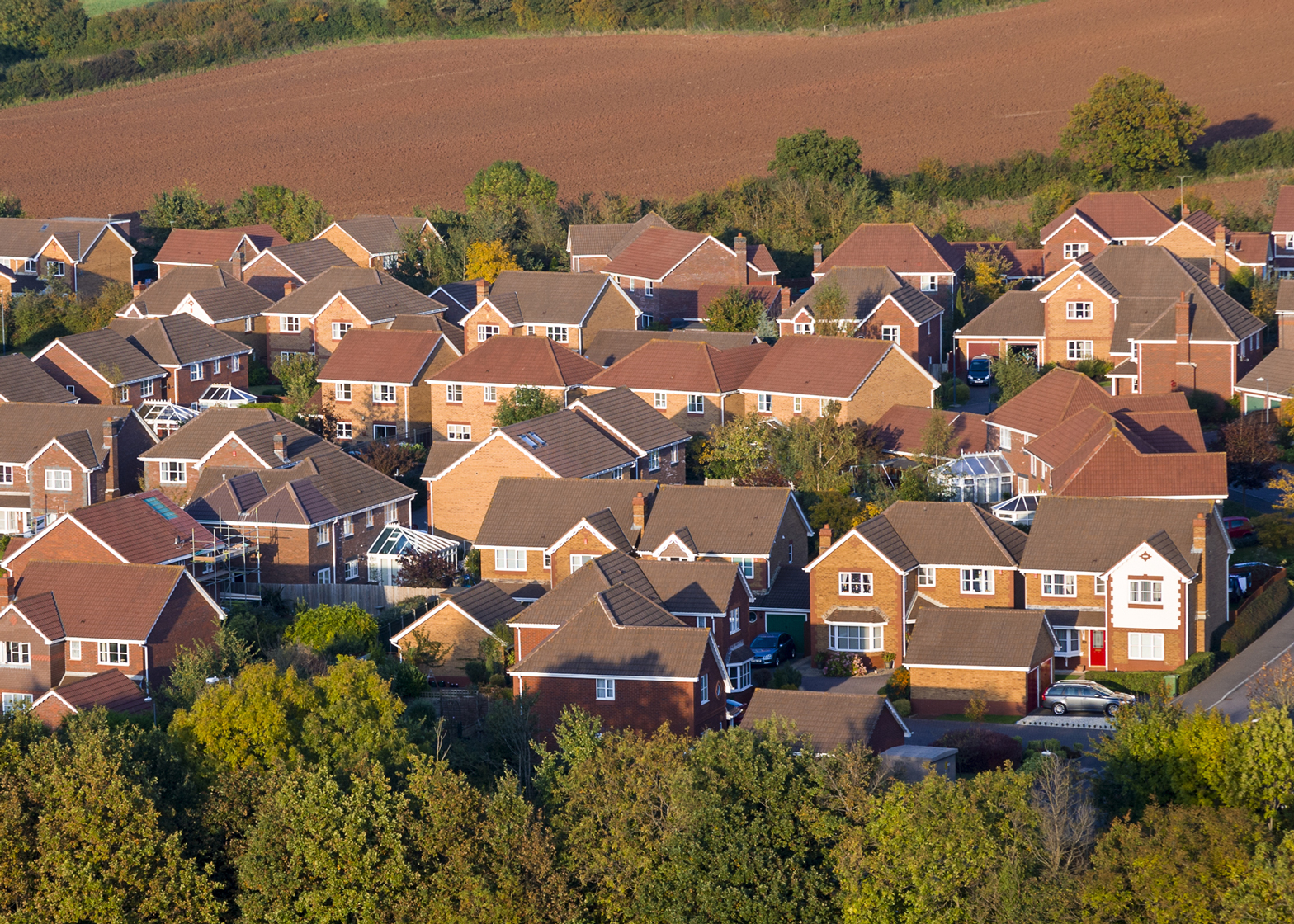Over 50 per cent of new family houses in the UK are "rabbit hutch" homes that are too small for most buyers, according to new research from the Royal Institute of British Architects.
The average new three-bedroom home in the UK is lacking four square metres of necessary floor space – equivalent to a small bathroom – according to the new RIBA report.
The #HomeWise – Space Standards for Homes report also found that some family homes were falling so far below recommended space standards, they were essentially squeezing three bedrooms into a two-bedroom house.
"Tiny rabbit-hutch new-builds should be a thing of the past," said RIBA president Jane Duncan. "Sadly our research shows that for many people, a new home means living somewhere that's been built well below the minimum space standard needed for a comfortable home."
The RIBA said that some of the new-build houses were too small for families to eat and socialise together or even store everyday necessities like a vacuum cleaner.
It measured the homes against the Nationally Described Space Standard 2015 – a voluntary guideline introduced by the British government in October that can be used by local authorities if certain criteria are met.
A previous 2011 survey by the RIBA found that the average new-build three-bedroom home was 88 square metres. Under the new space standards, the minimum gross internal floor area for a three-bedroom house would be 93 square metres.
The RIBA has now expressed concerns over the length of time it will take for local authorities to adopt these standards, and the fact that some housing projects could be exempt even when they do.
The UK is currently one of the only countries in western Europe without regulations to make sure houses are built to minimum space standards. It is also mired in an ongoing housing crisis.
A recent BBC investigation found that of the estimated 974,000 homes needed between 2011 and 2014 to cope with growing demand, only 457,490 were built.
Under-supply has helped to push up prices, which in turn is forcing growing numbers of people out of home ownership and into often expensive rental accommodation. In response, the British government has pledged to support house builders, housing associations and councils in a bid to build 400,000 new homes by 2020.
These plans were unveiled in last month's Autumn Statement by Chancellor of the Exchequer George Osborne, which also included funding for a new campus for the Royal College of Art.
Osborne said that the government's housing budget would be doubled in 2015-16, with £2.3 billion ring-fenced for building 60,000 starter homes that would be sold to families at 20 per cent less than the market rate. He said a further 140,000 would be built as a result of reformations to the planning system.
To reach the overall target – which includes another 135,000 shared ownership homes, 10,000 rental homes that will allow tenants to save for a deposit, and 8,000 homes for elderly and disabled residents – Osborne is planning to "remove constraints" that prevent private developers from taking on these projects.
He also plans to "release" enough publicly owned land to accommodate the building of 160,000 new homes.
The RIBA is now petitioning the government to bring in compulsory space standards that would have a direct impact on the new-build homes promised by Osborne.
"We urgently need new homes, but building small homes or cutting corners when converting office buildings to flats is short-sighted and fails the people these new homes are meant to serve," said Duncan. "The government must take action to ensure a fairer minimum space standard is applied to all new homes across the country."

